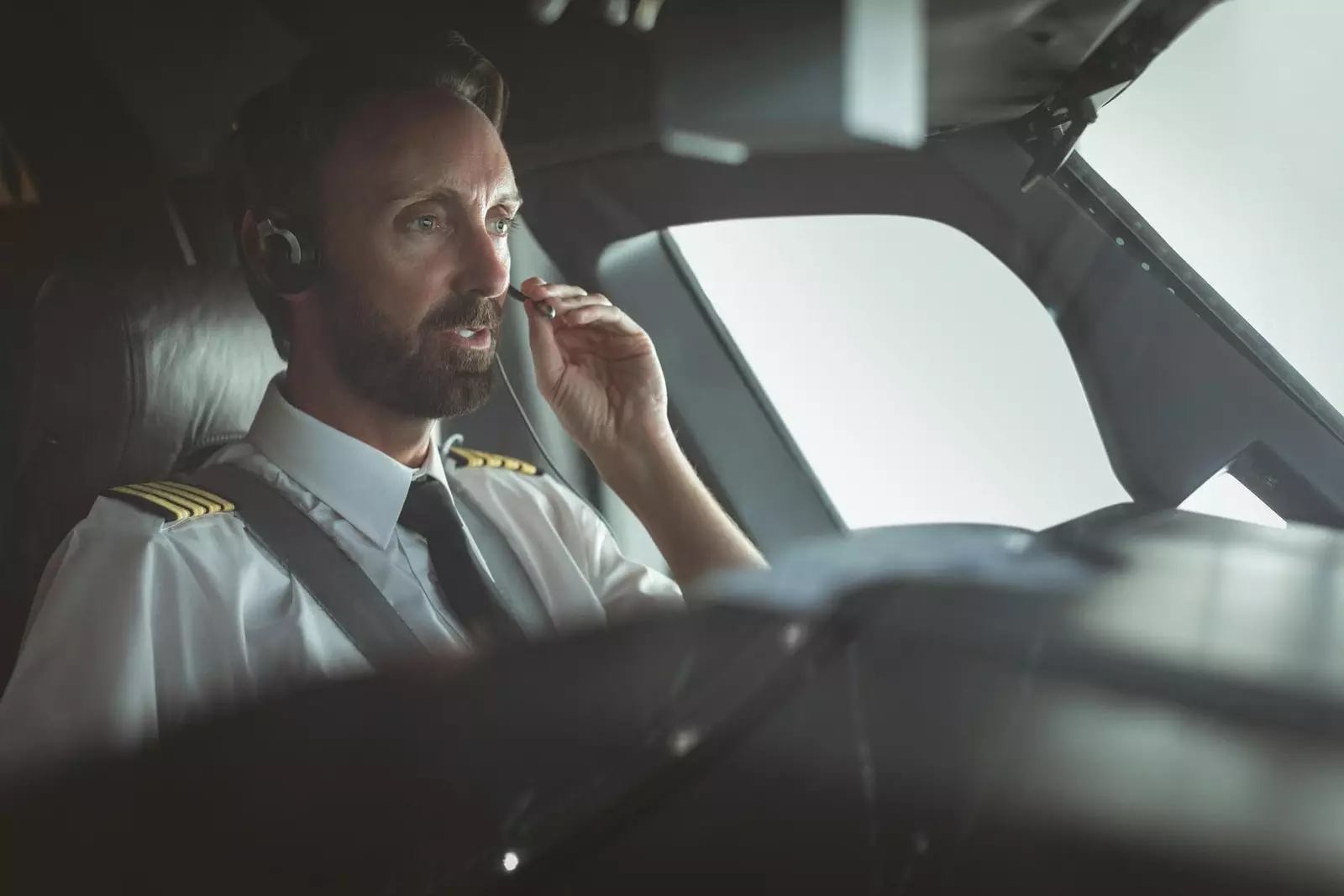
“Crew, ready for takeoff”
After checking in at the check-in counters, pass the security control and entertain ourselves looking at the perfume of the day in the duty free – is it really necessary to go through this temptation every time we go to an airport?–, it's time to board.
Surely the first thing you hear once on board a plane be the famous phrase. "Welcome aboard", or the most international "welcome on board".
And with total probability whoever is pronouncing it at that moment in which you set foot on the plane is the flight attendant , or what is the same, the head of the cabin crew, also called flight attendants, ignoring the term stewardesses.
Above that figure are the pilots, the commander always located in the seat on the left of the plane, and his second, the pilot, on the right.
You will be able to identify them because commanders always carry four gold markings on his uniform, and the “seconds”, aviation jargon, three.
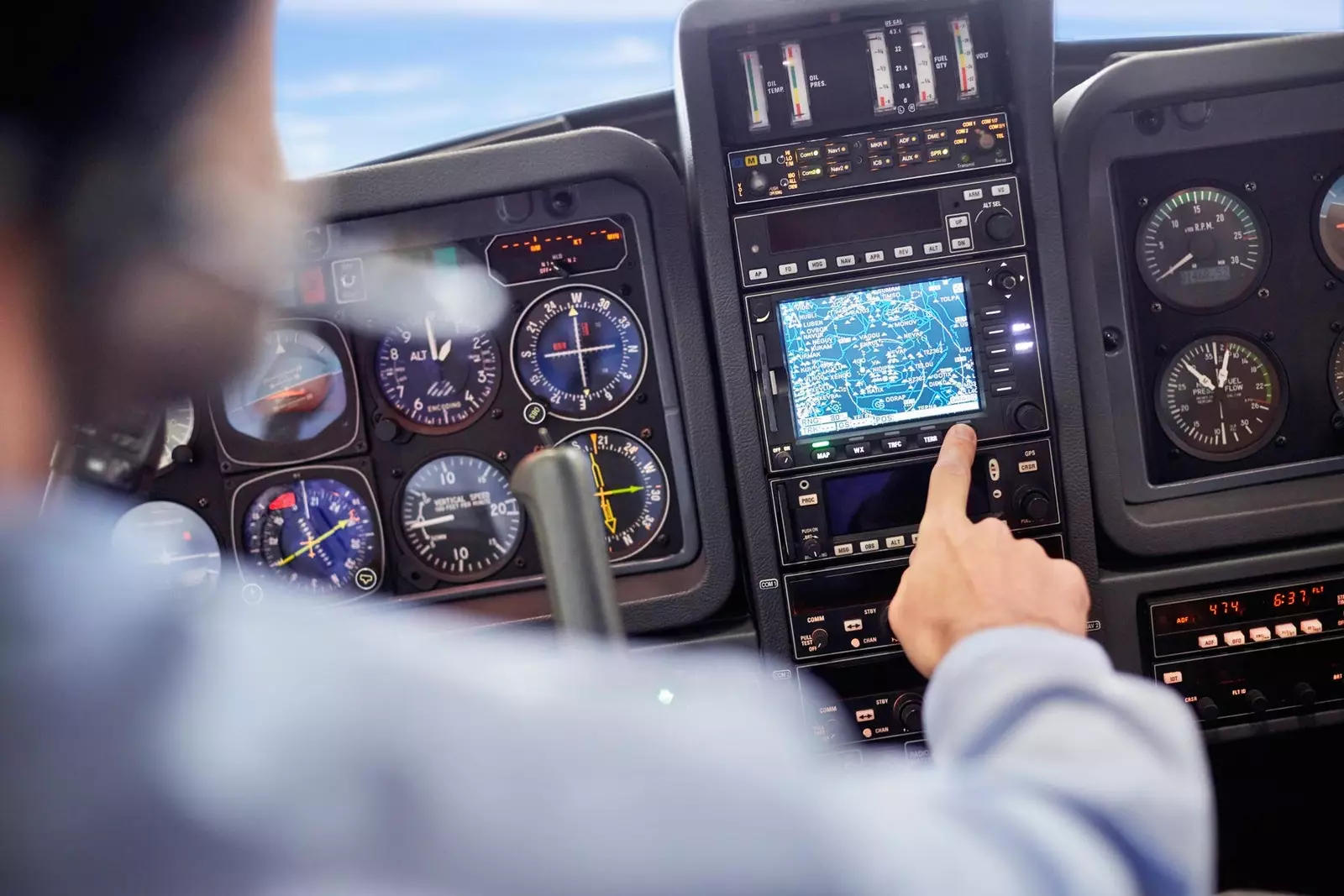
The commander always located in the seat on the left of the plane, and his second, the pilot, on the right
Once inside the plane and while you try to get comfortable in one of its ever shrinking seats, you hear one of the attendants comment that there are still some "PAX" missing. This one is easy: PAX is the term they use in aviation to talk about passengers.
So once we have those passengers on board, the moment arrives when the plane's public address system produces a crossing of orders that sounds something like: "cabin crew, we close doors and cross-check."
And now you really don't understand anything. Even less if in some cases you add: "We build ramps." But what ramps if this is a plane? We are unveiling one of the most important protocols when preparing an aircraft for takeoff.
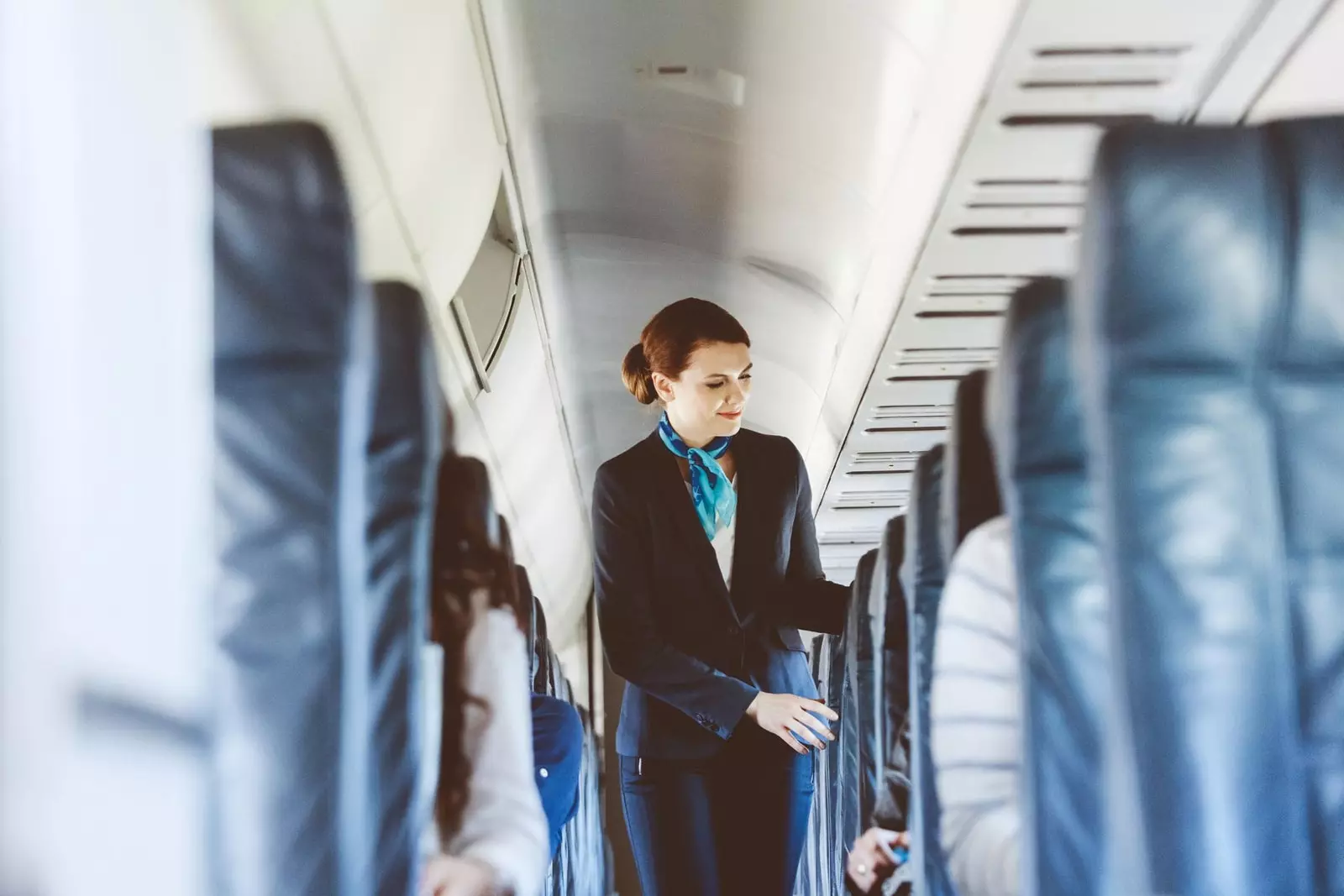
PAX is the term used in aviation to talk about passengers
The captain gives the order to the crew to close the doors of the aircraft, and at that moment The attendants at the front doors of the aircraft must be coordinated with those at the rear doors.
First they close the doors, and then it's done a cross check between them, verifying that everyone has closed the doors correctly, that is the cross check.
And if you're still wondering what those ramps are – the order says “build ramps” – it's nothing more than repair the slides at each gate to be deployed in the event of an evacuation.
And now yes, the plane is ready.
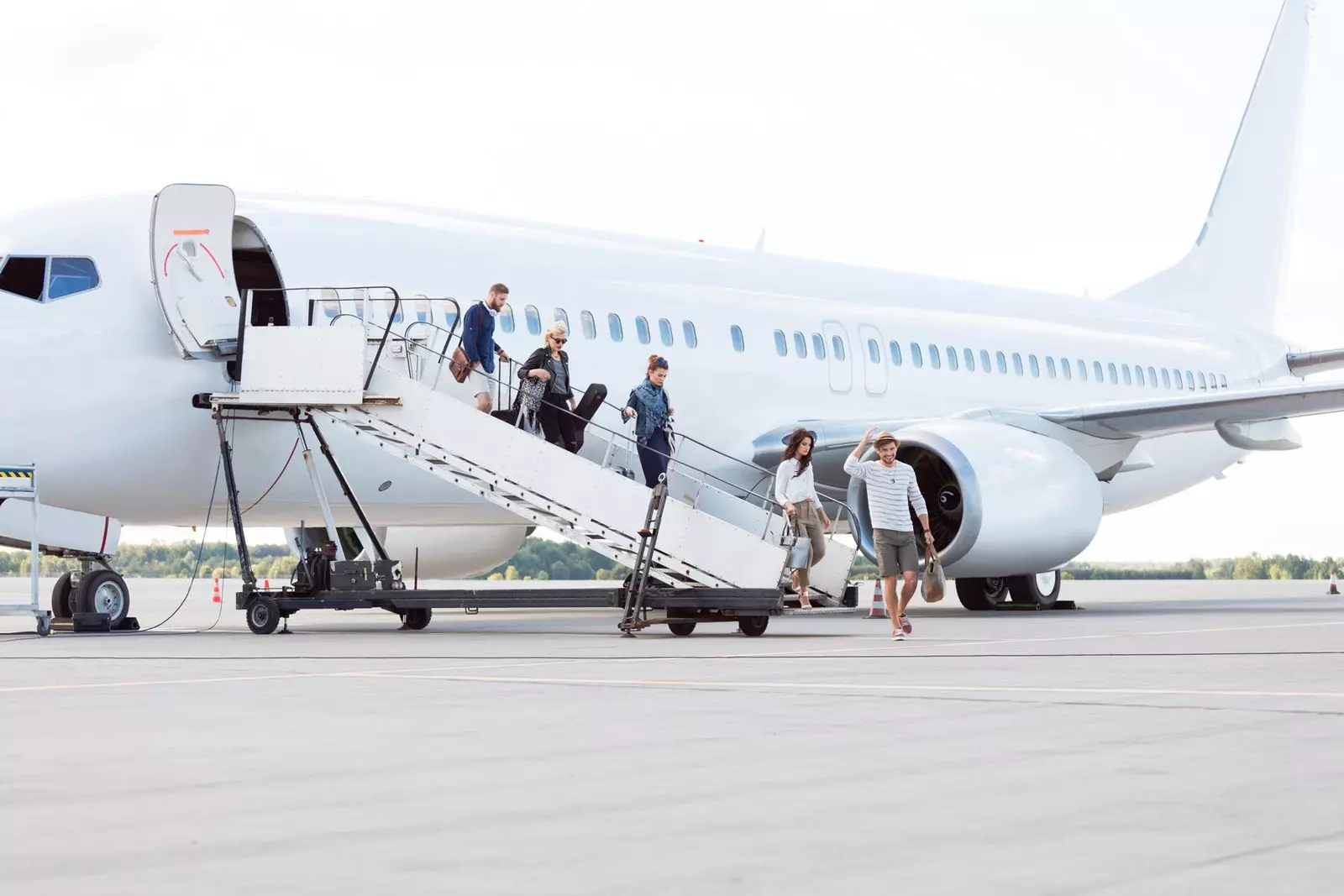
If you disembark and there is a bus waiting, you say "en jardinera"
But there is still one more message to listen to before takeoff and that also comes from the cockpit: "crew, ready for takeoff." Or its translation: “cabin crew prepared for take-off”.
Do not panic, it is simply a warning from the **cockpit (cockpit) ** to the crew, because we are entering the runway and the passenger cabin must be "secured" (all passengers must be seated, seatbelt on, phone in airplane mode) at that time and the crew sitting in their jumpseat, the seat where they sit on takeoff, landing or also in case of turbulence if so indicated by the captain.
Communication between the crew and the cockpit is constant, although the rest of the passengers are not aware of these messages. And we almost appreciate it. But there is the commander's voice again, this time not giving orders but saluting with a good morning and offers some other information to passengers that is always very interesting.
The nicest always talk of the route until reaching the destination, of the 'weather' or whether there will be any turbulence or not.
It is also possible that he will confirm that we have already reached our cruising altitude. Wait, altitude of what? It's simple, this common term in aviation defines the altitude at which planes are maintained in level flight for most of the flight, Although it is not the same on all flights, it can vary due to weather conditions, air traffic, etc.
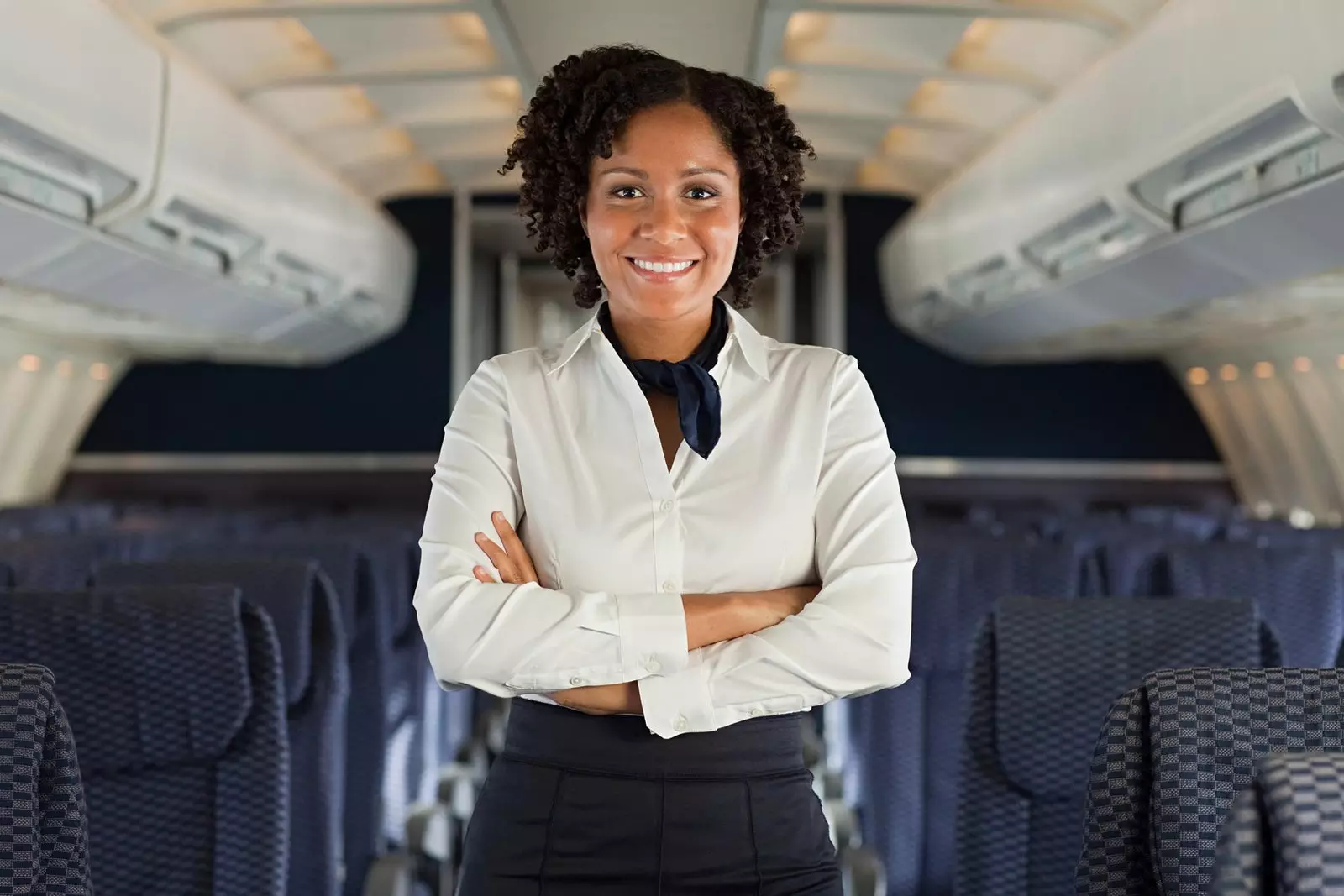
Welcome aboard!
And while you receive all that information, surely the crew is in the aircraft galley preparing the cart to serve appetizers or food and drink.
The galley is nothing other than the back of the plane and a kind of pantry where everything is kept.
I am very amazed the amount of things that can fit in such a small space, although seeing the 'Tetris' that the assistants have to do so that everything fits, there may be more material there than on a supermarket shelf.
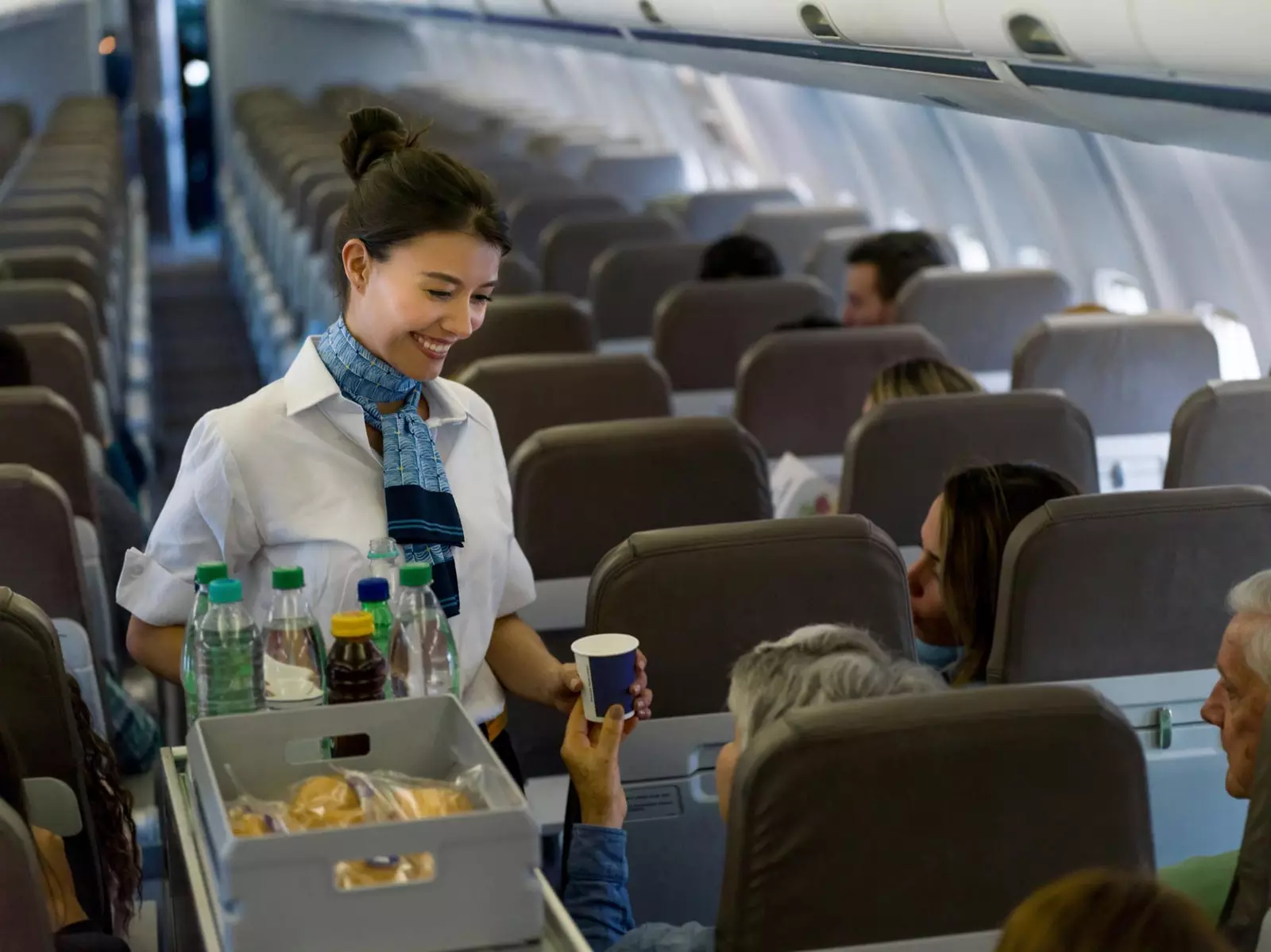
The crew prepares the cart in the aircraft galley
We are about twenty minutes from landing and the seatbelt sign comes on as we hear a new message that is not addressed to us: "crew, prepare cabin for landing." Or its English version: “cabin crew prepare for landing”.
This means that the aircraft has begun its descent to land at the destination airport, and that the crew again has to secure the cabin to land safely.
Belts fastened and trays folded, we only have to wait for landing to see if we can land with finger (the corridor-shaped tube that connects the airport with the plane) or in gardener, which is nothing more than a bus, but it is known by this name because of its great resemblance to the traditional planters that hang from the balconies.
“We wish you had a good flight and we hope to see you on board again”, it will be, more or less, the crew's farewell message.
To which we can now add: “And besides, now I will understand everything perfectly”.
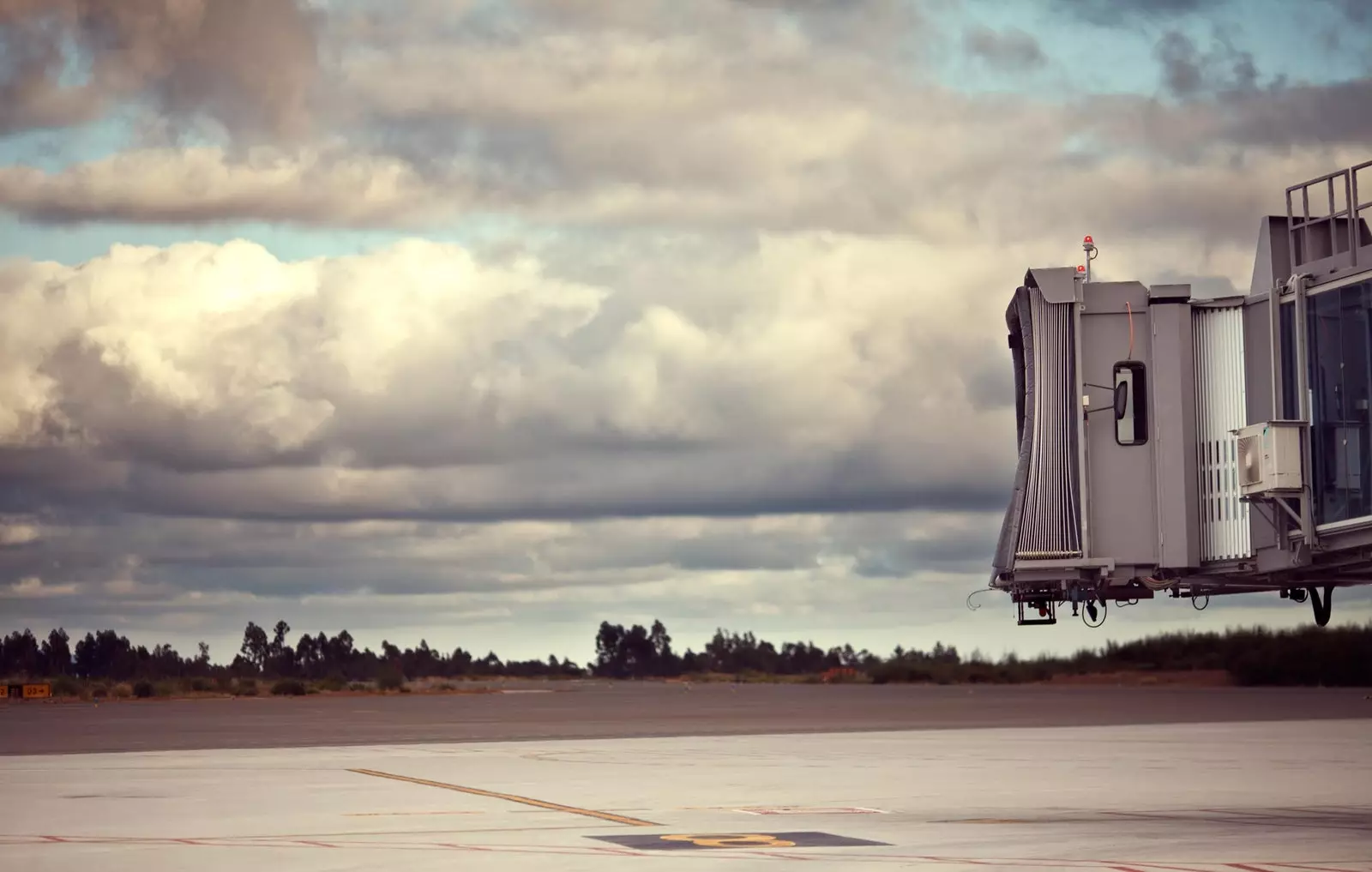
The finger waiting for the plane
